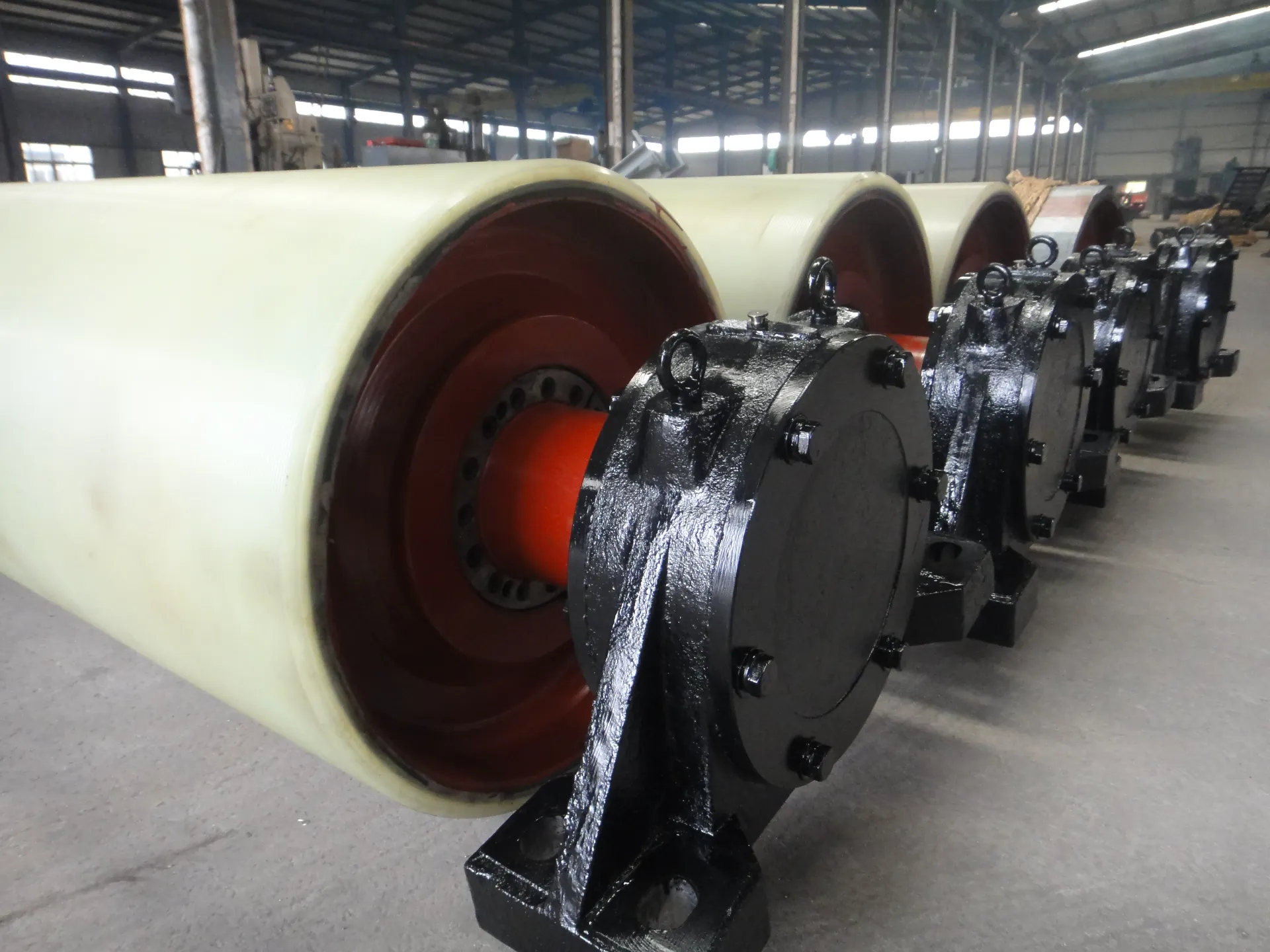 Afrikaans
Afrikaans  Albanian
Albanian  Amharic
Amharic  Arabic
Arabic  Armenian
Armenian  Azerbaijani
Azerbaijani  Basque
Basque  Belarusian
Belarusian  Bengali
Bengali  Bosnian
Bosnian  Bulgarian
Bulgarian  Catalan
Catalan  Cebuano
Cebuano  Corsican
Corsican  Croatian
Croatian  Czech
Czech  Danish
Danish  Dutch
Dutch  English
English  Esperanto
Esperanto  Estonian
Estonian  Finnish
Finnish  French
French  Frisian
Frisian  Galician
Galician  Georgian
Georgian  German
German  Greek
Greek  Gujarati
Gujarati  Haitian Creole
Haitian Creole  hausa
hausa  hawaiian
hawaiian  Hebrew
Hebrew  Hindi
Hindi  Miao
Miao  Hungarian
Hungarian  Icelandic
Icelandic  igbo
igbo  Indonesian
Indonesian  irish
irish  Italian
Italian  Japanese
Japanese  Javanese
Javanese  Kannada
Kannada  kazakh
kazakh  Khmer
Khmer  Rwandese
Rwandese  Korean
Korean  Kurdish
Kurdish  Kyrgyz
Kyrgyz  Lao
Lao  Latin
Latin  Latvian
Latvian  Lithuanian
Lithuanian  Luxembourgish
Luxembourgish  Macedonian
Macedonian  Malgashi
Malgashi  Malay
Malay  Malayalam
Malayalam  Maltese
Maltese  Maori
Maori  Marathi
Marathi  Mongolian
Mongolian  Myanmar
Myanmar  Nepali
Nepali  Norwegian
Norwegian  Norwegian
Norwegian  Occitan
Occitan  Pashto
Pashto  Persian
Persian  Polish
Polish  Portuguese
Portuguese  Punjabi
Punjabi  Romanian
Romanian  Russian
Russian  Samoan
Samoan  Scottish Gaelic
Scottish Gaelic  Serbian
Serbian  Sesotho
Sesotho  Shona
Shona  Sindhi
Sindhi  Sinhala
Sinhala  Slovak
Slovak  Slovenian
Slovenian  Somali
Somali  Spanish
Spanish  Sundanese
Sundanese  Swahili
Swahili  Swedish
Swedish  Tagalog
Tagalog  Tajik
Tajik  Tamil
Tamil  Tatar
Tatar  Telugu
Telugu  Thai
Thai  Turkish
Turkish  Turkmen
Turkmen  Ukrainian
Ukrainian  Urdu
Urdu  Uighur
Uighur  Uzbek
Uzbek  Vietnamese
Vietnamese  Welsh
Welsh  Bantu
Bantu  Yiddish
Yiddish  Yoruba
Yoruba  Zulu
Zulu Different Varieties of Pulley Lagging Explained with Key Features and Benefits
Understanding Types of Pulley Lagging
Pulley lagging is an essential component in the operation and maintenance of conveyor systems. It refers to the process of applying various materials to the surface of pulleys to improve traction and reduce wear. Different types of pulley lagging are designed to meet specific operational demands, ensuring optimal performance in various industrial applications. In this article, we will explore the various types of pulley lagging, their benefits, and when to use each type.
1. Rubber Lagging
Rubber lagging is one of the most commonly used types of lagging in industrial applications. It is favored for its high friction coefficient, which significantly enhances pulley traction. This type of lagging is useful in wet and muddy conditions where slippage may otherwise occur. Moreover, rubber lagging is abrasion-resistant, ensuring a long service life. It is available in different thicknesses and hardness levels, allowing operators to choose the right specification based on the application requirements.
Advantages - High traction in various environments - Excellent wear resistance - Can be formulated to meet specific needs (hardness, thickness)
Applications - Mining operations - Aggregate handling - Heavy-duty industrial conveyors
2. Ceramic Lagging
Ceramic lagging is an advanced option designed to provide maximum traction and longevity. It incorporates ceramic tiles bonded to a rubber backing, creating a highly abrasive-resistant surface. This type of lagging is particularly effective in extremely high-stress environments where wear rates are significant. The hardness of the ceramic tiles enables them to withstand heavy impacts and abrasions while maintaining traction.
Advantages - Exceptional wear resistance - High traction in severe conditions - Long lifespan due to sturdy materials
Applications - Mining and mineral processing - Cement manufacturing - Bulk material handling
types of pulley lagging

Urethane lagging is known for its versatility, often used in applications that require moderate traction and resistance to wear. Urethane is softer than rubber but also offers good durability and flexibility, making it suitable for a variety of environments. The lightweight nature of urethane lagging helps reduce the overall load on the supporting structure, making it a cost-effective option in many scenarios.
Advantages - Lightweight and flexible - Good balance of traction and wear resistance - Easy to install and replace
Applications - Food processing - Packaging operations - Light to medium-duty conveyor systems
4. Steel Lagging
Steel lagging is preferred in the most abrasive and high-impact environments. This type is made from steel plates or strips and is often used in conjunction with other lagging materials for added durability. Steel lagging is essential for ensuring maximum operational efficiency in scenarios where heavy materials are transported.
Advantages - Maximum durability and strength - Ideal for extremely abrasive materials - Can withstand heavy impacts
Applications - Quarry operations - Heavy-duty industrial applications - Recycling and waste management
Conclusion
When selecting the appropriate type of pulley lagging, several factors must be considered, including the nature of the material being transported, environmental conditions, and the specific requirements of the industrial process. Each type of lagging offers distinct advantages tailored to different applications, making it vital for operators to weigh these factors carefully to optimize performance and extend the lifespan of conveyor systems.
In conclusion, understanding the different types of pulley lagging — from rubber and ceramic to urethane and steel — empowers industrial operators to make informed decisions that enhance efficiency, reduce downtime, and save on maintenance costs. Properly selected and maintained lagging not only extends the life of the conveyor system but also contributes to the overall productivity of industrial operations. Therefore, investing in the right type of pulley lagging is crucial for achieving operational success.
-
Revolutionizing Conveyor Reliability with Advanced Rubber Lagging PulleysNewsJul.22,2025
-
Powering Precision and Durability with Expert Manufacturers of Conveyor ComponentsNewsJul.22,2025
-
Optimizing Conveyor Systems with Advanced Conveyor AccessoriesNewsJul.22,2025
-
Maximize Conveyor Efficiency with Quality Conveyor Idler PulleysNewsJul.22,2025
-
Future-Proof Your Conveyor System with High-Performance Polyurethane RollerNewsJul.22,2025
-
Driving Efficiency Forward with Quality Idlers and RollersNewsJul.22,2025





























